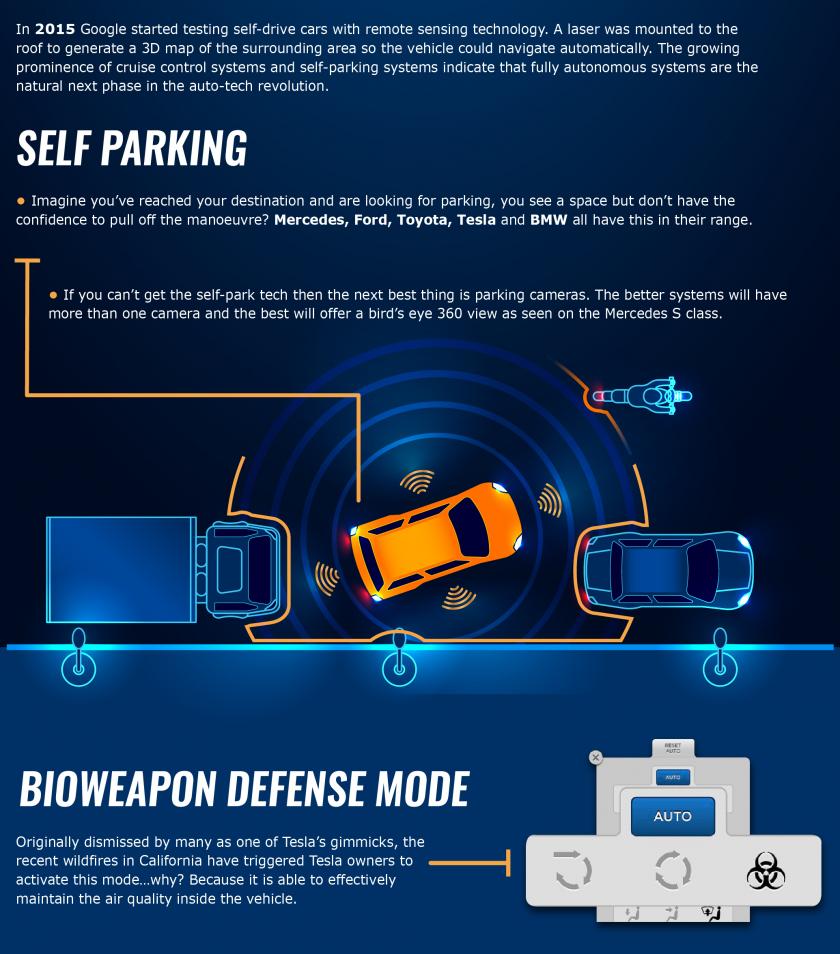
This article will help you understand what makes a cool car. In it, we will discuss the Audi RS3, Fiat 500 Abarth, Lotus Carlton, Rolls-Royce Wraith, and more. These cars are all great, and if you haven't, it is worth seeing. But what makes one car more cool than another? These are some of the reasons. However, a cool car can be subjective. These are 10 cool cars.
Audi RS3
Audi RS3 will be a great choice if your goal is to have a fast, sporty car. The Audi RS3 is a supercharged five cylinder engine that delivers a powerful punch. The RS3 has a boxy body design, and all the necessary performance parts. Its cool design is responsible for the car's unique look. The RS3 makes a strong statement and will turn heads.

Fiat 500 Abarth
Fiat 500 Abarth, a fun and affordable car, has a rich racing heritage. The Abarth 500 was not sold in the United States by Fiat, but it is still one of the most popular cars in its class. Despite the lack of a stiff suspension setup and an uninspiring inside, it is an enjoyable car for drivers with an aggressive, driver-centric feeling.
Lotus Carlton
The Lotus Carlton was a supercar with a performance that exceeded the McLaren F1. The six-cylinder engine produced 662 bhp and 791 lb-ft. It was also equipped with a ZF manual gearbox and a Holden Commodore limited-slip differential. The interior was richly decorated with leather armchairs in thick padded leather and wood trim.
Rolls-Royce Wraith
A big, comfortable car is a cool car. Rolls-Royce Wraith is spacious and has large boot. However, it has the style and space to be a saloon. The Wraith can hold 470 litres of luggage, so you can easily take your entire luggage with you when traveling across continents. The Wraith's 632hp V12 engine accelerates with ease and linearity. Although it may not be the fastest car, the Wraith is comfortable and an absolute joy to drive.

Ford Bronco
The Ford Bronco's interior is a mix of function and style. It features bold lines and easily-accessible physical controls. It features four buttons for off-road use, a 12-inch touchscreen navigation and wireless smartphone charging with Apple CarPlay/Android Auto. The exterior color scheme continues with the black and pale-gray colors. The leather-trimmed leather trim is used on the seats.
FAQ
What qualifications do you need to be a truck-mechanic?
You don't have formal qualifications for this role, but you are very experienced working on trucks and engines. Your experience is valuable because it allows you to diagnose problems quickly, efficiently and effectively.
Additionally, you have a solid knowledge of diesel technology that will enable you to determine what parts are necessary to repair our vehicles.
What are the qualifications for an automotive technician
You must have completed high school or GED with good grades in maths and English. It is also necessary to be able both to read and to write. The written test will be passed and you will then have to take several practical exams before you can begin work.
Is it hard to get work as an auto mechanic?
Yes, it can be very easy. Many garages advertise their vacancies online, and many people apply just because they think it might be fun. If you want to get your foot in the door, you should try applying for a few places and see if they accept student applications. You could also ask your family and friends if they know anyone in the industry. They may be happy to recommend someone.
What length is an automotive mechanic apprenticeship?
It takes three years to complete an apprenticeship as an automotive mechanic. The apprenticeship includes two years studying at school and two more as an apprentice. The first year is used to learn all aspects of the trade including safety procedures and theory. You'll also learn how tools can be used safely and efficiently during this year. After the completion of the first year, you will spend another year on the job training. Here you'll gain valuable experience in different trades. These are also the times you can attend formal courses.
The final year is dedicated to earning certifications and qualifications in the field. These include NVQs or National Vocational Qualifications. These are earned after passing exams that cover specific topics in the industry. In addition, there are HNCs (Higher National Certificates) that cover general subjects such as management, business administration, and customer service. For those interested in pursuing certain trades, City & Guilds certificates are available.
Are you looking for a career as an automotive mechanic?
For those who are passionate about excellence, automotive is a rewarding industry. Working hard and learning from others is the best way to be successful in this field.
Because you will be spending most of your time communicating with customers and employees, you will need excellent communication skills. It's important to be flexible and willing to travel. This will make commutes difficult.
Take classes at community colleges or universities if you're interested to work in automotive. Many schools offer programs specific to students interested in sales, auto repair, or customer service.
You should choose to study mechanical engineering if you want to get a degree. It's possible to get a bachelor's degree in just four years.
Many companies will also hire graduates right out of school. Therefore, it is a good idea to look for employment while still pursuing part-time studies.
Once you've completed your education, you'll probably need to complete some form of training before being able to take up a position as an automotive technician.
This means you'll need pass exams like the Automotive Services Excellence (ASE), certification exam. This test covers topics such engine maintenance as brakes, steering, suspension, etc.
After passing the ASE test you can apply for a National Institute for Automotive Service Excellence (NIASE) license.
Private individuals can have their vehicles repaired with a license. You'll get compensation based on the amount of services you perform.
It's important to note that not all states require licensing. You will need a license if you want to work in a different state.
Some states won't issue licenses until you have completed a certain amount training. If you are one of these people, you might need to look for another alternative.
Statistics
- Apprentice mechanics earn significantly less hourly than mechanics who have completed training, with a median wage of approximately $14.50 an hour, according to PayScale. (jobhero.com)
- The U.S. Bureau of Labor Statistics (BLS) reports that the job outlook for automotive service technicians and mechanics is expected to decline by 4% from 2019 to 2029. (indeed.com)
- There were 749,900 jobs available for automotive service technicians and mechanics in 2016, which is expected to grow by six percent through 2026. (jobhero.com)
External Links
How To
How to properly diagnose and repair your vehicle
First, look at the symptoms of your car to determine if it needs repair. Next, you can follow these steps in order to diagnose your car.
-
Check engine lights. The dashboard light indicators, including the engine light, oil pressure gauge, battery light indicator, coolant temperature gauge and RPM gauge, should be checked. You may have a problem with your vehicle if any of the indicators are flashing for more than a few days.
-
Pay attention to the treads on your tires. Tire wear can lead to problems in handling and brake performance. You should also inspect the wheel treads. You should ensure that they are clean and smooth. To do this, remove the wheels and take them out. You can check the tread wear with a flashlight.
-
Check the level of brake fluid. You should always keep track of the amount of brake fluid in your vehicle. This will ensure your brakes function properly. Low brake fluid levels can cause brake failure when you apply pressure.
-
The suspension system should be tested. Most vehicles have a suspension system that absorbs shocks and vibrations. It gives you better control and allows for smoother accelerations and decelerations. If your vehicle has a suspension problem, it might feel wobbly or shake uncontrollably. To determine whether your vehicle may have a suspension issue, you can try to put weight on the rear or front axle and watch the movement.
-
Examine the steering wheel. Steering columns connect the steering wheels to other parts of the vehicle. The steering column can often be damaged by an accident. If yours feels loose or shaky, you should replace it.
-
Pay close attention to the exhaust tube. The exhaust pipes transport gases from the combustion chamber to outside. If your exhaust pipe leaks or cracks, it will allow harmful fumes into your cabin. Additionally, your tailpipe should be fixed immediately if it is bent.
-
Look under your hood. Check under your hood for any unusual or missing components. Fluids could be leaking from your engine. In addition, if you notice an unusual smell coming from your engine compartment, you should contact a professional technician.
-
The air filter should be checked. The vehicle's outside environment may cause the air filter to collect dust and debris. A dirty filter can lead to a poor vehicle's performance. Replace your air filter regularly.
-
Verify the fan belt. The fan belt is the link between the engine and the transmission. If the fan belt fails, the engine won't start. It's easy to replace the belt. You will need a screwdriver, pliers and a pair of pliers.
-
Make sure you inspect the radiator hoses and hoses. The radiatorhose carries water from your radiator to the engine. It can cause hot liquid to leak onto the engine if it is damaged or cracked. Repairing the hose is easy with a pair of needlenose pliers or a small wire brush.
-
Be sure to inspect your windshield wipers. Windshield wipers use electricity to remove snow and rain. If they stop working they could leave streaks behind on your window glass. To fix the problem, simply change the washer fluid.
-
You should inspect the cables. The batteries provide power to the electrical systems within your car. If you are replacing batteries, disconnect the negative cord first. Failure to do so can damage your alternator.
-
Pay attention to your headlights. The headlights provide illumination for the road ahead. They can make it difficult to see if they stop working. To determine if your bulbs are out of date, check them.
-
Check the lights. If you approach other drivers at night, lights will warn them. One that doesn't work could cause you to be distracted, and possibly lead to an injury.
-
Inspect your brakes. Before you get in a car accident, your brakes will be slowing down your vehicle. You could lose control of the car and cause a crash if they don't work properly.
-
Change the oil. Your engine will stay lubricated by the oil. It helps keep metal parts from getting too worn down. It is recommended that you change your oil at least once per month.